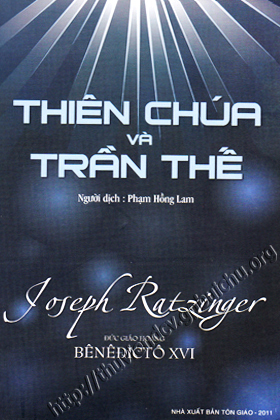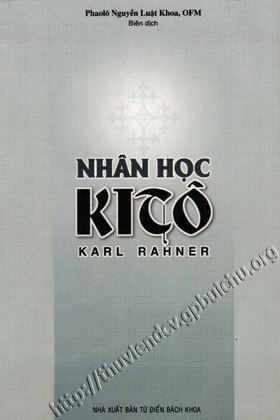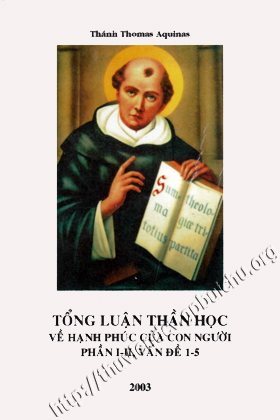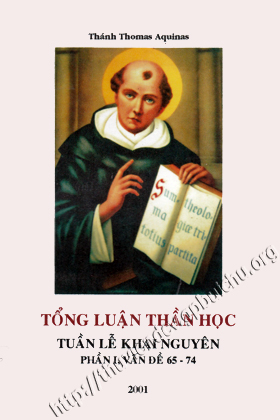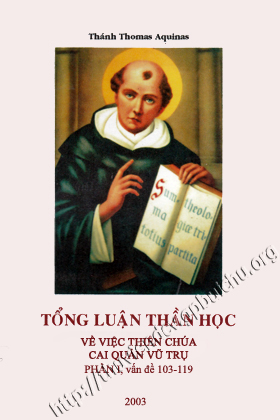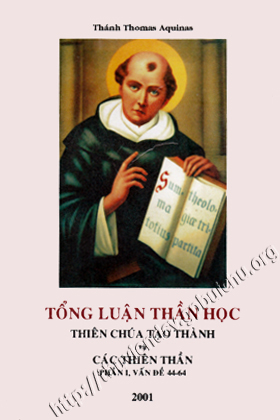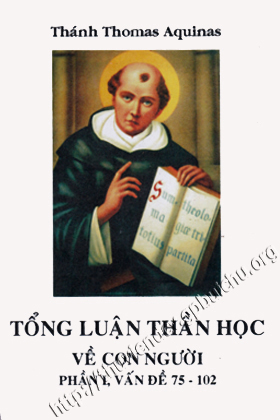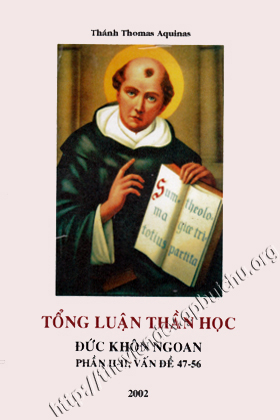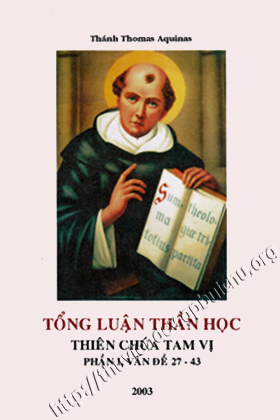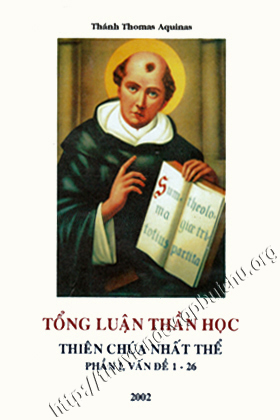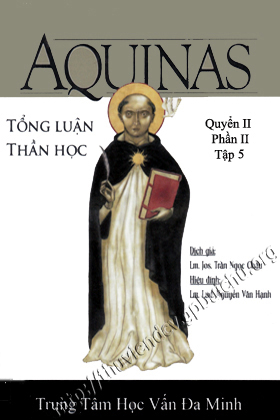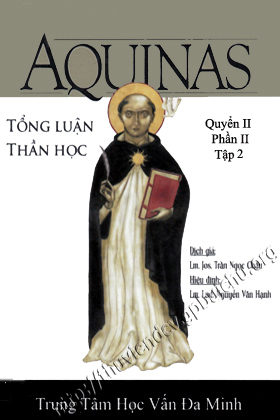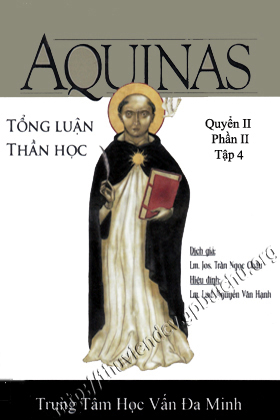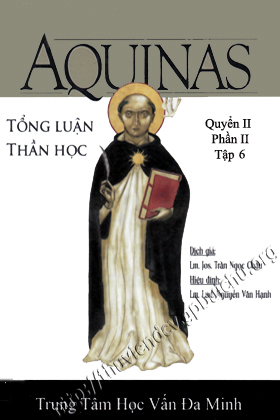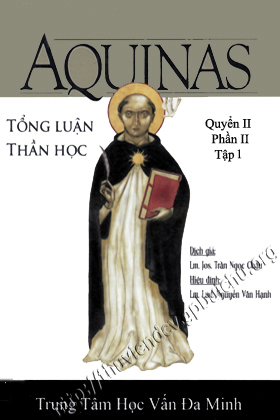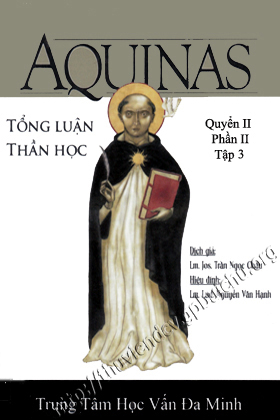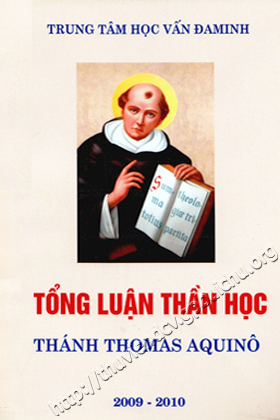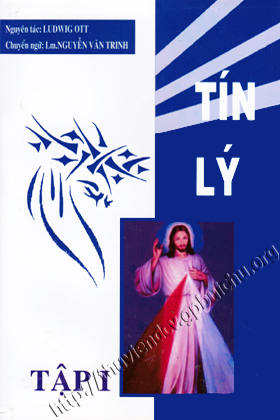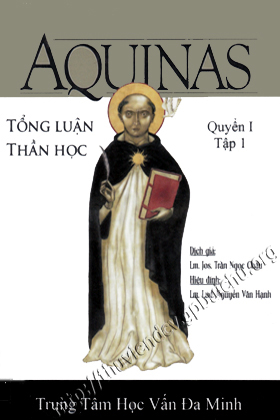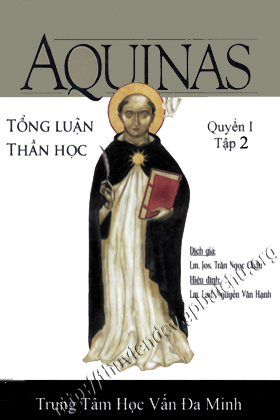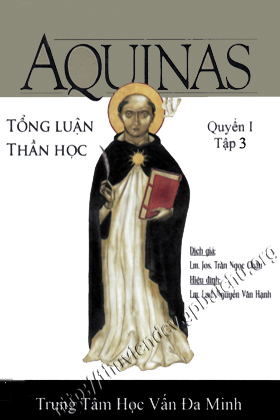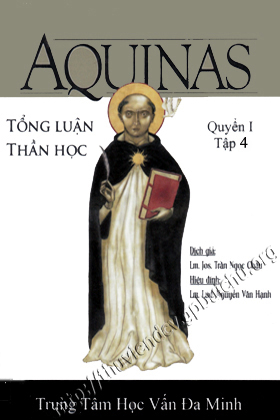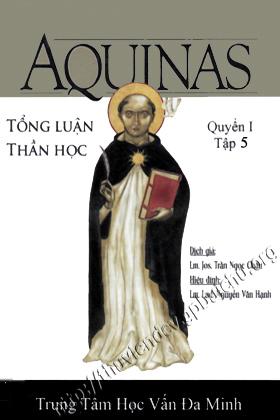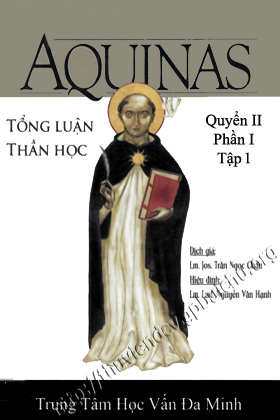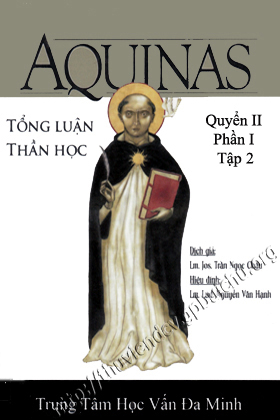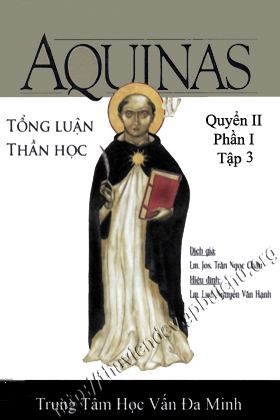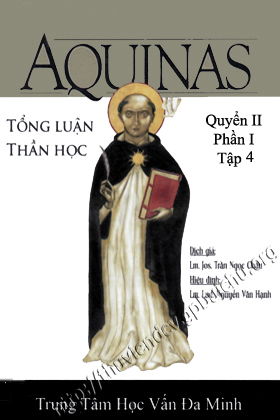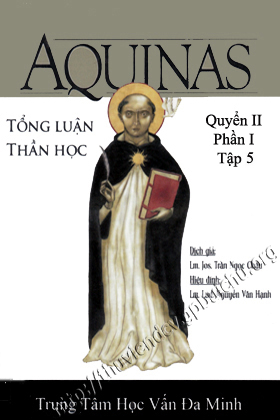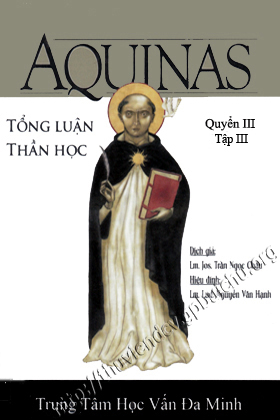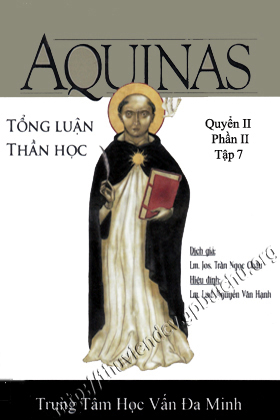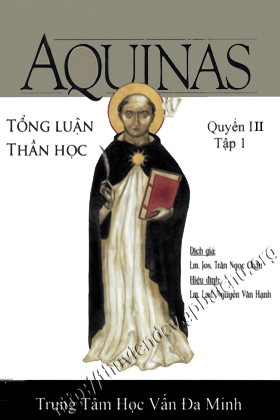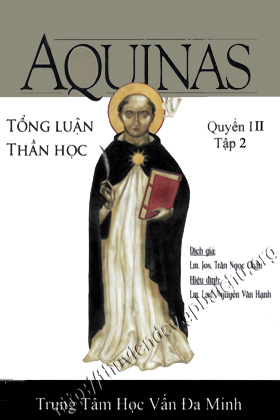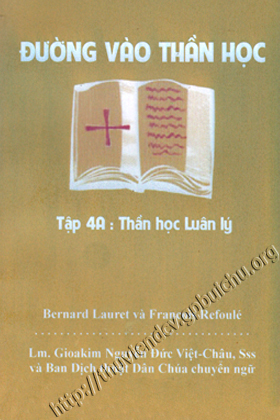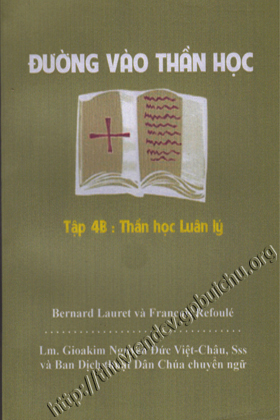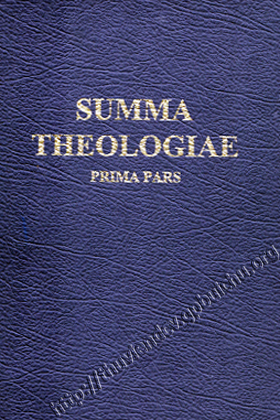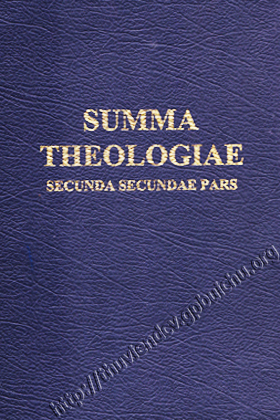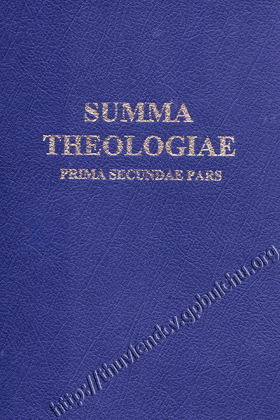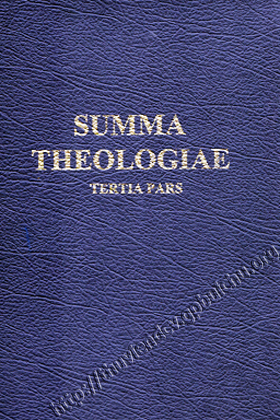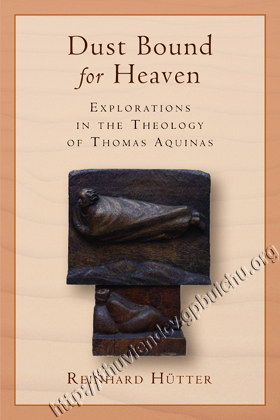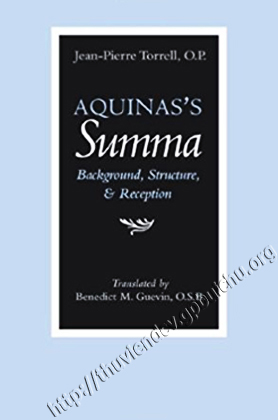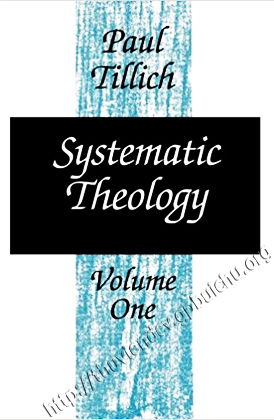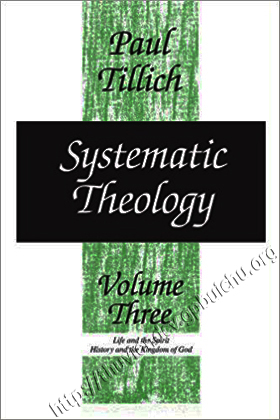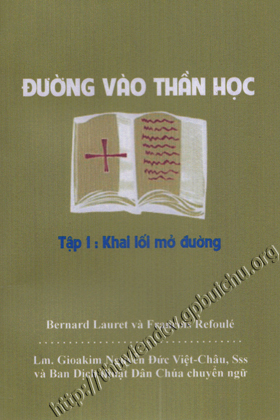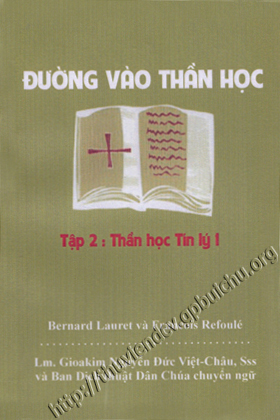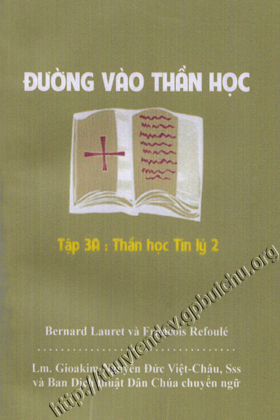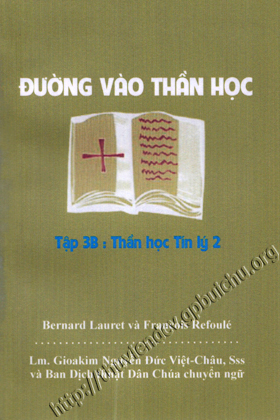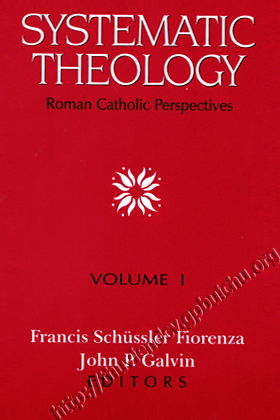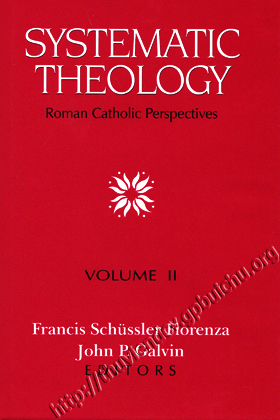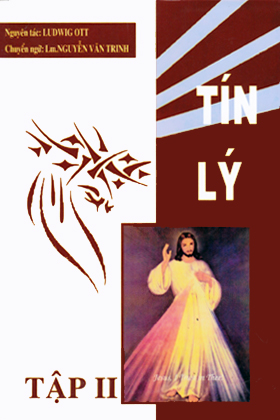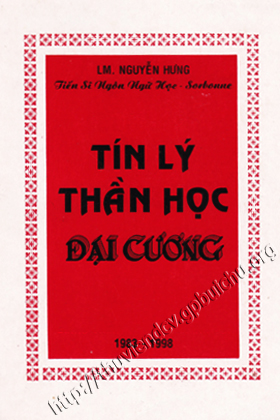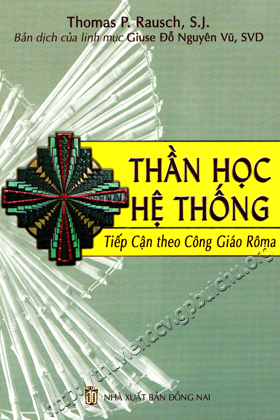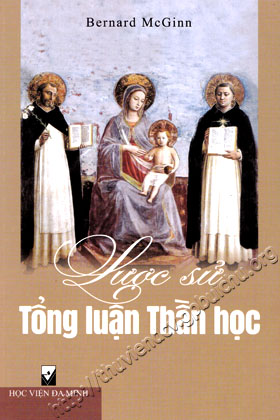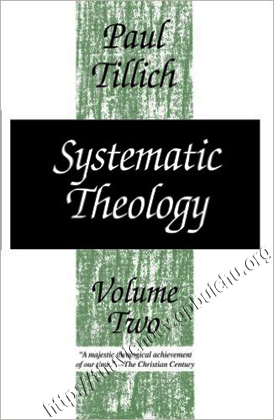
| Systematic Theology | |
| Phụ đề: | Existence and the Christ |
| Tác giả: | Paul Tillich |
| Ký hiệu tác giả: |
TI-P |
| DDC: | 230.2 - Thần học Kitô giáo |
| Ngôn ngữ: | Anh |
| Tập - số: | Vol 2 |
| Số cuốn: | 1 |
Hiện trạng các bản sách
|
||||||||||||||||
» Thêm vào danh sách tác phẩm yêu thích
| Introduction | 3 |
| A. The Relation of the Second Volume of Systematic Theology to the First Volume and to the System as a Whole | 3 |
| B. Restatements of Answers Given in Volume I | 5 |
| 1. Beyond Naturalism and Supranaturalism | 5 |
| 2. The Use of the Concept of Being in Systematic Theology | 10 |
| 3. Independence and Interdependence of Existential Questions and Theological Answers | 13 |
| Part III: EXISTENCE AND THE CHRIST | |
| I. EXISTENCE AND THE QUEST FOR THE CHRIST | 19 |
| A. Existence and Existentialism | 19 |
| 1. The Etymology of Existence | 19 |
| 2. The Rise of the Existentialism Problem | 21 |
| 3. Existentialism against Essentialism | 24 |
| 4. Existential and Existentialist Thinking | 26 |
| 5. Existentialism and Christian Theology | 27 |
| B. The Transition from Essence to Existence and the Symbol of "the Fall" | 29 |
| 1. The Symbol of "the Fall" and Western Philosophy | 29 |
| 2. Finite Freedom as the Possibility of the Transition from Essence to Existence | 31 |
| 3. "Dreaming Innocence" and Temptation | 33 |
| 4. The Moral and the Tragic Element in the Transition from Essential to Existential Being | 36 |
| 5. Creation and Fall | 39 |
| C. The Marks of Man's Estrangement and the Concept of Sin | 44 |
| 1. Estrangement and Sin | 44 |
| 2. Estrangement as "Unbelief" | 47 |
| 3. Estrangement as Hubris | 49 |
| 4. Estrangement "Concupiscence" | 51 |
| 5. Estrangement as Fact and as Act | 55 |
| 6. Estrangement Individuality and Collectively | 58 |
| D. Existential Self-destruction and the Doctrine of Evil | 59 |
| 1. Self-Loss and World-Loss in the State of Estrangement | 59 |
| 2. The Conflicts in the Ontological polarities in the State of Estrangement | 62 |
| a) The Separation of Freedom from Destiny | 62 |
| b) The Separation of Dynamics form Form | 64 |
| c) The Separation of Individualization from Participation | 65 |
| 3. Finitude and Estrangement | 66 |
| a) Death, Finitude, and Guilt | 66 |
| b) Estrangement, Time, and Space | 68 |
| c) Estrangement, Suffering, and Loneliness | 70 |
| d) Estrangement, Doubt, and meaninglessness | 72 |
| 4. The Meaning of Despair and Its Symbols | 75 |
| a) Despair and the Problem of Suicide | 75 |
| b) The Symbol of the "Wrath of God" | 76 |
| c) The Symbol of " Condemnation" | 78 |
| E. The Quest for the New Being and the Meaning of "Christ" | 78 |
| 1. Existence as Fate or the Bondage of the Will | 78 |
| 2. Ways of Self-salvation and Their Failure | 80 |
| a) Self-salvation and Religion | 80 |
| b) Legalistic Ways of Self-salvation | 81 |
| c) Ascetic Ways of Self-salvation | 81 |
| d) Mystical Ways of Self-salvation | 83 |
| e) Sacramental, Doctrinal, Emotional Ways of Self-salvation | 84 |
| 3. Non-historical and Historical Expectations of the New being | 86 |
| 4. The Symbol of "Christ", Its Historical and Its Transhistorical Meaning | 88 |
| 5. The meaning of Paradox in Christian Theology | 90 |
| 6. God, Man, and the Symbol of the "Christ" | 93 |
| II. THE REALITY OF THE CHRIST | 97 |
| A. Jesus as the Christ | 97 |
| 1. The Name "Jesus Christ" | 97 |
| 2. Event, Fact, and Reception | 98 |
| 3. History and the Christ | 99 |
| 4. The Research for the Historical Jesus and Its Failure | 101 |
| 5. Historical Research and Theology | 107 |
| 6. Faith and Historical Skepticism | 113 |
| 7. The Biblical Witness to Jesus as the Christ | 117 |
| B. The New Being in Jesus as the Christ | 118 |
| 1. The New Being and the New Eon | 118 |
| 2. The New Being Appearing in a Personal Life | 120 |
| 3. The Expression of the New Being in Jesus as the Christ | 121 |
| 4. The New Being in Jesus as the Christ as the Conquest of Estrangement | 125 |
| a) The New Being in the Christ and the Mark of Estrangement | 125 |
| b) The Reality of Temptations of Christ | 127 |
| c) The Marks of His Finitude | 131 |
| d) His Participation in the Tragic Element of Existence | 132 |
| e) His Permanent Unity with God | 134 |
| 5. The Historical Dimension of the New Being | 135 |
| 6. Conflicting Elements in the Picture of Jesus as the Christ | 136 |
| C. Valuation of the Christological Dogma | 138 |
| 1. The Nature and Function of the Christological Dogma | 138 |
| 2. Dangers and Decisions in the Development of the Christological Dogma | 142 |
| 3. The Christological Task of Present Theology | 145 |
| D. The Universal Significance of the Event Jesus the Christ | 150 |
| 1. The Uniqueness and the Universality of the Event | 150 |
| 2. The Central Symbols of the Universal Significance of Jesus as the Christ and Their Relation | 153 |
| 3. Symbols Corroborating the Symbol "Cross of the Christ" | 158 |
| 4. Symbols Corroborating the Symbol "Resurrection of the Christ" | 159 |
| E. The New Being in Jesus as the Christ as the Power of Salvation | 165 |
| 1. The meaning of Salvation | 165 |
| 2. The Christ as the Savior (Mediator, Redeemer) | 168 |
| 3. Doctrines of Atonement | 170 |
| 4. Principles of the Doctrine of Atonement | 173 |
| 5. The Threefold Character of Salvation | 176 |
| a) Salvation as Participation in the New Being (Regeneration) | 176 |
| b) Salvation as Acceptance of the New Being (Justification) | 177 |
| c) Salvation as Transformation by the New Being (Sanctification) | 179 |
| Index | 183 |




